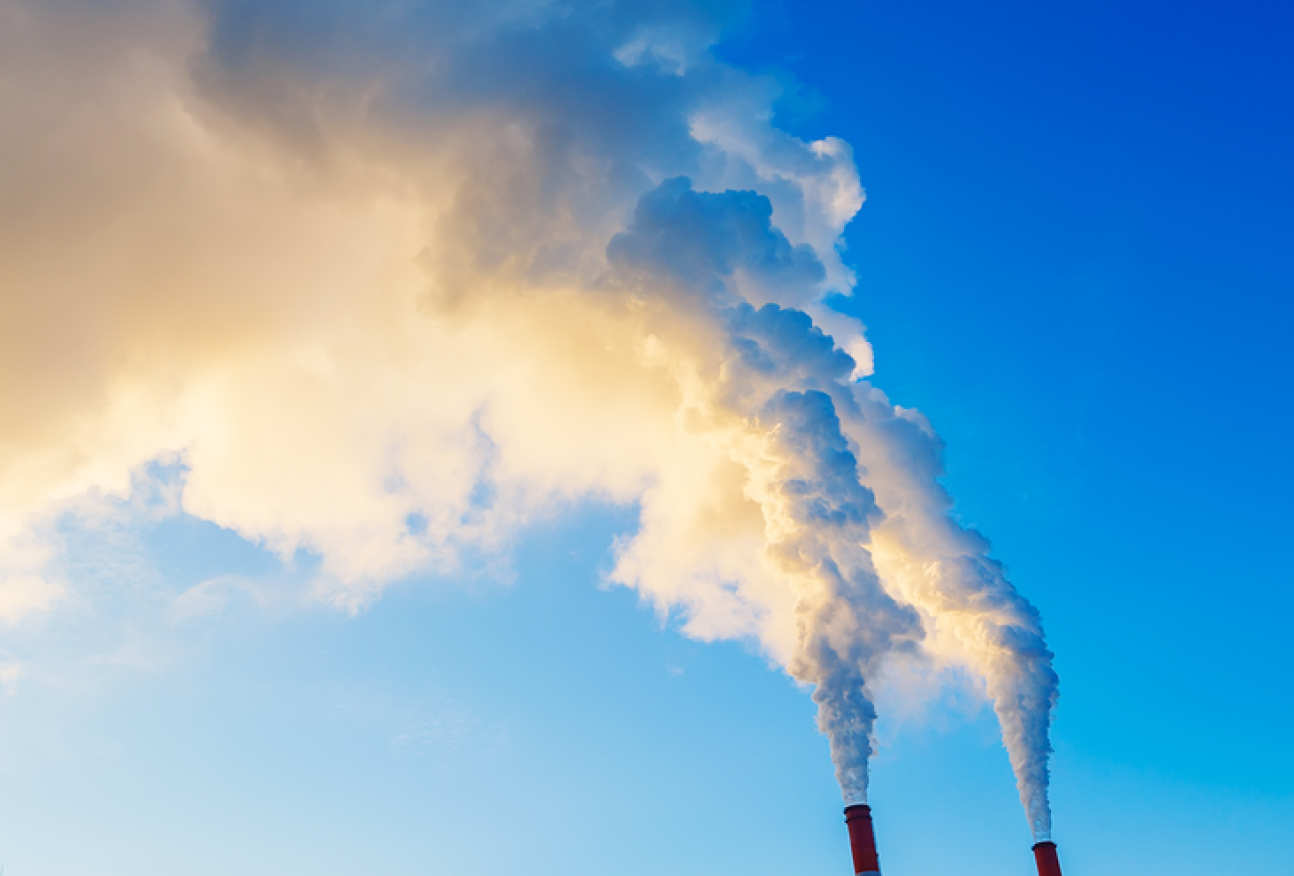Topics: Mitigation
Type: Briefing paper
Publication date: September 2016
Download
Summary
Authors: Rebecca Thomas, Dr Heather Graven, Professor Sir Brian Hoskins, Professor Iain Colin Prentice
 The Paris Agreement from the 21st Conference of Parties (COP21) to the UN Framework Convention on Climate Change (UNFCCC) in December 2015 states that by 2050-2100, there should be a “balance between anthropogenic emissions by sources and removals by sinks of greenhouse gases” (GHGs) to limit the global mean temperature rise to less than 2˚C relative to the pre-industrial climate.
The Paris Agreement from the 21st Conference of Parties (COP21) to the UN Framework Convention on Climate Change (UNFCCC) in December 2015 states that by 2050-2100, there should be a “balance between anthropogenic emissions by sources and removals by sinks of greenhouse gases” (GHGs) to limit the global mean temperature rise to less than 2˚C relative to the pre-industrial climate.
The purpose of this briefing note is to clarify what a ‘balance’ of greenhouse gases means in the context of the Paris Agreement and to discuss how this could be achieved. We highlight the need to reduce net emissions of carbon dioxide (CO2) and other long-lived GHGs towards zero, and the importance of considering short- and long-lived GHGs separately.
The change in concentration of a gas in the atmosphere is the difference between the sources (emissions to the atmosphere) and sinks (removals from the atmosphere). A number of sinks remove GHGs naturally from the atmosphere. Carbon dioxide (CO2) dissolves in the ocean, and is taken up by plants during photosynthesis. Methane (CH4) and nitrous oxide (N2O) are destroyed primarily by photochemical reactions in the atmosphere. These gases are produced by human activity but also naturally by respiration and other biological processes. Stable GHG concentrations are possible only if sources are equal to sinks.
The headlines
- In an effort to limit global temperature rise to well below 2˚C, the COP21 Paris Agreement stipulates that a ‘balance’ between anthropogenic (man-made) sources and sinks of greenhouse gases must be reached by 2050-2100. An overall greenhouse gas ‘balance’ must consider individual gases in terms of how strongly they absorb solar infrared radiation, their concentration in the atmosphere, and their lifetime in the atmosphere.
- Long-lived greenhouse gases, including carbon dioxide (CO2), accumulate in the atmosphere and continue to affect the climate for many centuries. To stabilise the concentrations of these long-lived gases, and thereby their effect on the climate, their sources must be progressively reduced towards zero.
- For short-lived greenhouse gases that remain in the atmosphere for less than 100 years, including methane, stable or decreasing concentrations could be achieved within decades if emissions were stabilised or decreased. However, these gases currently only contribute about 20% of the total warming from greenhouse gases, so their reduction alone cannot successfully stabilise global temperature.
- An overall ‘balance’ of sources and sinks of greenhouse gases could be facilitated by deliberate removal of CO2 from the atmosphere, for example, by combining biomass energy production with carbon capture and storage. Most current greenhouse gas emission scenarios that keep global temperature rise below 2˚C include some deliberate removal of CO2 to compensate for continued emissions of CO2 and other greenhouse gases.
Download now: What is meant by ‘balancing sources and sinks of greenhouse gases’ - BN 3 [pdf]
View publications by:
Topic
Climate Science
Earth and Life Sciences
Energy and Low-Carbon Futures
Resources and Pollution
Economics and Finance
Health
View all publications and browse by year
Publication type
Briefing papers and Briefing notes
Grantham Institute Outlooks
Evidence & submission papers
Infographics